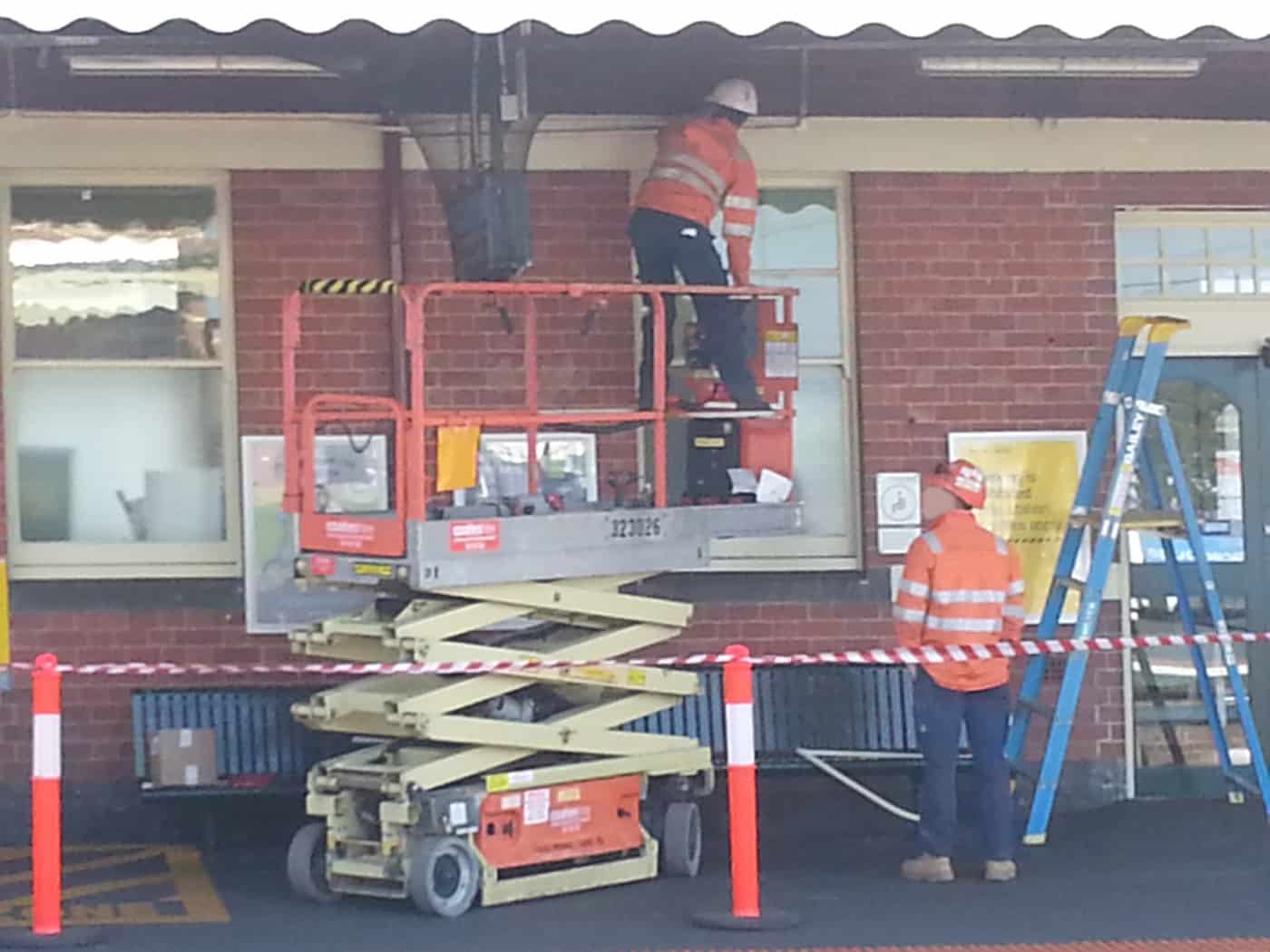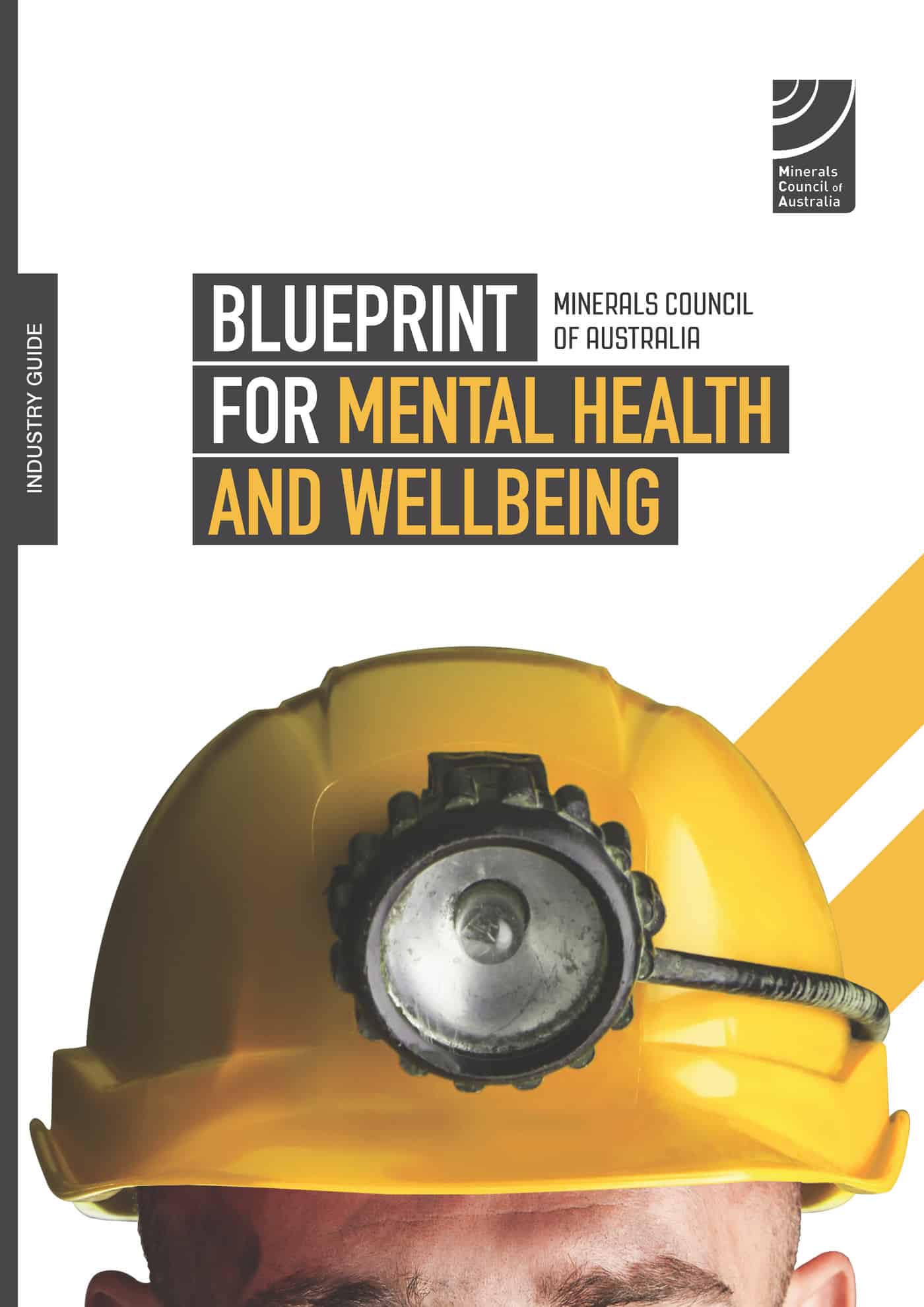Login or subscribe to SafetyAtWorkBlog to continue reading.
Category: health
Inspectors and Health and Wellbeing Advisers
On 30 September 2015, SafetyAtWorkBlog highlighted a conversation about inspector numbers from the Tasmanian Parliament. The information was confusing but crucial in understanding WorkSafe Tasmania’s occupational health and safety enforcement capacity and strategy.
Below are some questions posed to WorkSafe Tasmania in an attempt to clarify the issues and the OHS regulator’s replies. Two responses prompted comment on workplace health and wellbeing strategies.
Stirring the OHS pot
I was honoured to speak recently at the monthly meeting of the Central Safety Group. As the meeting occurred during Safe Work Australia Month it seemed appropriate to stir debate about the nature of occupational health and safety (OHS) and how it applied.
Here is a selection of points that I intended to make. Discussion developed in a manner that allowed for many of these to be only touched upon but that was the intention of the presentation – to encourage OHS professionals to talk about OHS rather than about specific hazards. Continue reading “Stirring the OHS pot”
The most influential book about modern OHS
 I have a lot of books about workplace safety. Many of them are referenced frequently, several have changed my thoughts. However if I was asked which book has had the most impact on my values and understanding of occupational health and safety (OHS), my response would be of a book I read before I even knew OHS existed. That book is The Story of Ferdinand, and this is why. Continue reading “The most influential book about modern OHS”
I have a lot of books about workplace safety. Many of them are referenced frequently, several have changed my thoughts. However if I was asked which book has had the most impact on my values and understanding of occupational health and safety (OHS), my response would be of a book I read before I even knew OHS existed. That book is The Story of Ferdinand, and this is why. Continue reading “The most influential book about modern OHS”
Scissor Lifts and safety

Workers in scissor lifts often step on railings or overreach placing themselves at risk of falling. These actions are contrary to the use of plant as usually recommended by manufacturers and to the usual requirements in an occupational health and safety (OHS) management plan for working in the rail environment.
The actions in these photographs occurred on a Melbourne railway station and in an industry that this author has worked in for the last six years. Photographs never show the entire facts of a situation and there are many assumptions and what-if scenarios about which these photos could, and should, start discussions. The following discussion of occupational health and safety management issues focuses on the facts presented by the photos*.
Applying a “bullshit filter” during Mental Health Week
 This week in Australia is Mental Health Week. Some call it an Mental Health Awareness Week. Either way the Australian media will be full of experts and “experts”. Workplace health strategies will not be excluded but when reading and listening to this media content, one important point should be remembered – “mental health” is significantly different from “mental illness”.
This week in Australia is Mental Health Week. Some call it an Mental Health Awareness Week. Either way the Australian media will be full of experts and “experts”. Workplace health strategies will not be excluded but when reading and listening to this media content, one important point should be remembered – “mental health” is significantly different from “mental illness”.
Such differentiation should not be dismissed as semantics because health, illness, problems and disorders involve different levels of analysis and diagnosis and, therefore, different strategies, interventions and control measures.
Recently the
Workplace resilience gets a kicking
The Age newspaper has published a feature article entitled “Workplace resilience: It’s all a great big con“. Although it does not mention occupational health and safety (OHS) specifically, it is applying the OHS principle of addressing the causes of workplace injury and ill-health. It says that workplace resilience and similar training courses and strategies:
“… can’t overcome the structural realities and power imbalances that characterise the employment relationship. “Workplace resilience” might help us bear up to stress, but it won’t solve its underlying causes. And the causes of workplace unhappiness don’t necessarily reside in the individual and their own ability to “be resilient” or “relax” – they are part of the economic structures within which we work.”
